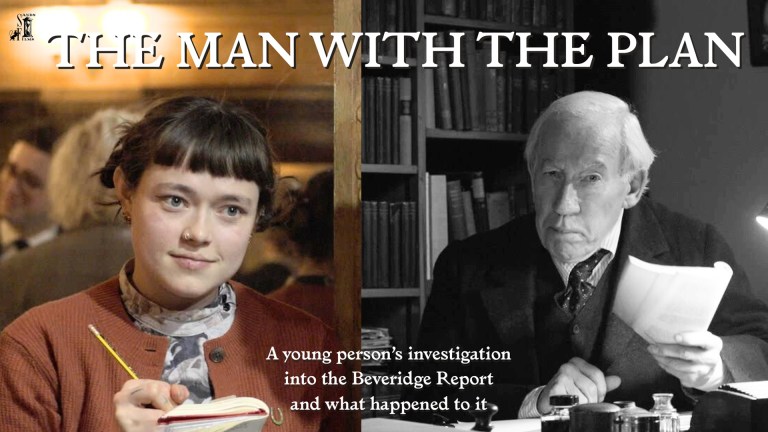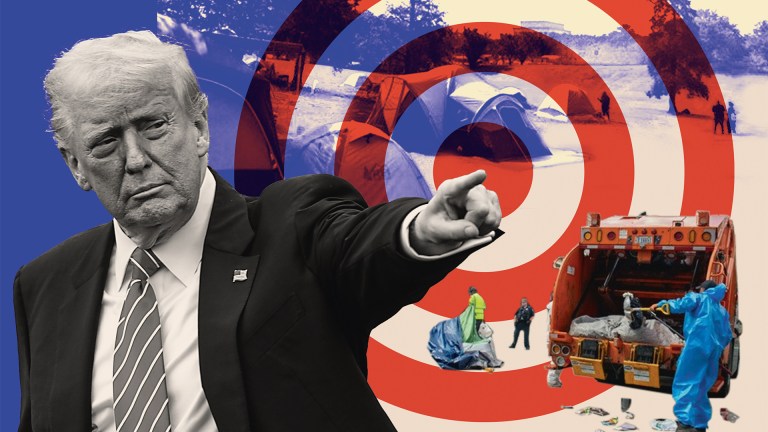Austerity in the UK is here to stay. The Bank of England has warned that the country is facing the longest recession since records began, predicting that the economic slump will extend well into 2024. At the same time, the most recent budget has been called austerity 2.0 by companies, unions, political figures and policy experts. This suggests the era of public spending cuts seen since 2010 has reached the next phase: austerity as the “new normal”.
Austerity policies implemented since 2010 have not been substantially reversed or retracted in recent years. In fact, they have often been levelled at the most marginalised social groups.
In 2019, cuts in total expenditure on welfare and benefit payments alone were expected to total £37 billion a year by 2020. And now, growing numbers of people in the UK are struggling with everyday costs of living, while a further £28 billion of cuts to public funding were announced in the government’s November 2022 budget.
All of this shows how keenly economic policies are felt in everyday life, in the mundane: eating, heating, caring, shopping and travelling. And perpetual and cumulative cuts like those we have seen made in recent years to welfare, education, social and healthcare services shape daily lives and social relationships. The effects continue, across time and generations. They also worsen existing inequalities relating to gender, race, class, age and disability.
My previous research during the 2008-09 UK economic recession revealed how memories and intergenerational relationships are key to understanding what it means to get by in times of recession and crisis. For instance, upbringing, living through previous recessions, debt and hardship are central to how people respond to economic downturns. These experiences, family histories and memories are often shared across generations in a way that influences younger people about financial issues.
Policies that aim to tackle poverty and economic inequality need to go beyond a focus on “the household” because this is not the only (or even the predominant) framework for how social relationships are built. Instead, people live within and across households that intersect based on kinship, friendship, intimacy and more. These are the main mechanisms that people use to get by during difficult times.









